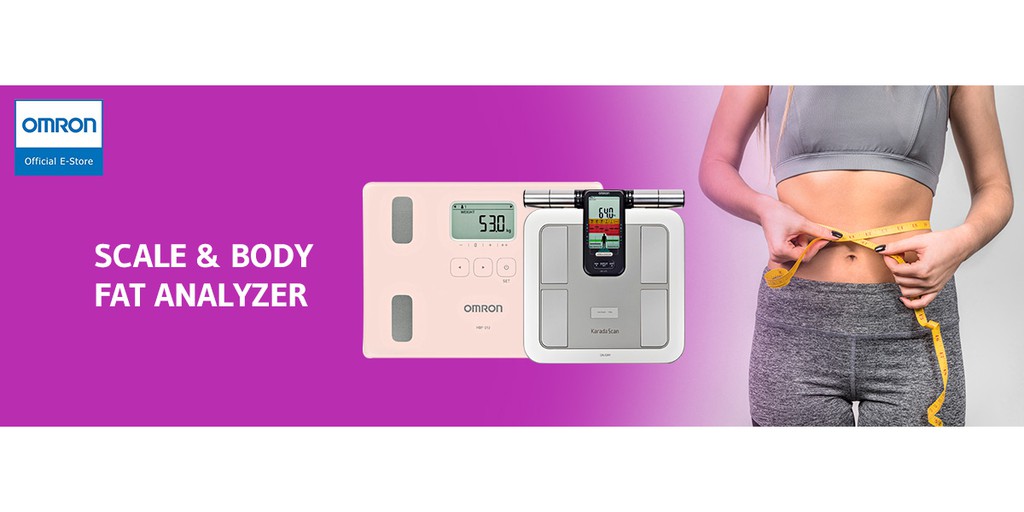Physical Breast Examination medical test
Learn about Physical Breast Examination medical tests, including what the tests are used for, why a doctor may order a test, how a test will feel, and what the results may mean.
What is Physical Breast Examination?
A breast physical exam is a careful manual examination of the breasts by a doctor or other health professional. This exam can help find lumps that women may miss with their own self-exams.
What the Physical Breast Examination test used for?
A clinical breast examination is done to:
- Find a lump or change in the breast that may mean a serious problem is present, such as breast cancer.
- Check other breast problems that may need more treatment, such as mastitis or a fibroadenoma.
How is the procedure performed?
- A clinical breast examination is done by a health professional. You will need to take off your clothes above the waist. You will be given a gown to wear during the examination.
- First, your health professional will ask you questions about any problems you may have, your medical history, and your risk factors for breast cancer. Talk to your health professional about any areas of your breasts you may be concerned about.
- Your health professional will then examine each breast, underarm, and collarbone area for changes in breast size, skin changes, or signs of injury or infection, such as bruising or redness.
- You may be asked to lift your arms over your head, put your hands on your hips, or lean forward and press your hands together to tighten the muscle beneath each breast during this part of the examination. You may also lie flat on the table and put your arm behind your head while your health professional checks your breast tissue.
- Your health professional will feel (palpate) each breast for any unusual or painful areas or for a dominant lump. A dominant lump in the breast is any lump that is new, larger, harder, or different in any other way from other lumps or the rest of the breast tissue.
- Your health professional will gently press on the breast tissue from about 1 in. (2.5 cm) below the breast up to the collarbone. He or she also will examine your armpit (axillary area) and your neck for swollen glands (lymph nodes). Your health professional will likely press gently on your nipple to check for any discharge.
- After the examination, your health professional may teach you how to examine your own breasts (breast self-examination).
What will be the results interprets?
| Normal | |
| The nipples, breast tissue, and areas around the breast look normal and are normal in size and shape. One breast may be slightly larger than the other. | |
| A small area of firm tissue may be present in the lower curve of the breast below the nipple. | |
| Tenderness or lumpiness that occurs in both breasts is normal for many women. Many women have the same lumpiness or thickening in both breasts during the menstrual cycle. | A clear or milky discharge (galactorrhea) may be present when the nipple is squeezed. This may be caused by nursing, breast stimulation, hormones, or some other normal cause. |
| One breast may have more glandular tissue (lumps) than the other one, especially in the upper outer quadrant of the breast. | |
| Abnormal | |
| Changes in the color or feel of your breast or nipple may be present. This can include wrinkling, dimpling, thickening, or puckering or an area that feels grainy, stringy, or thickened. | A nipple may sink into the breast. A red, scaly rash or sore may be found on the nipple. |
| Redness or warmth over a painful lump or over an entire breast may be present. This may be caused by an infection ( abscess or mastitis) or cancer. | |
| A firm lump or area of thickening may be present in one of your breasts. | A bloody or milky discharge (galactorrhea) may occur without stimulation ( spontaneous nipple discharge). |
Other related test: Mammogram, Breast Ultrasound


